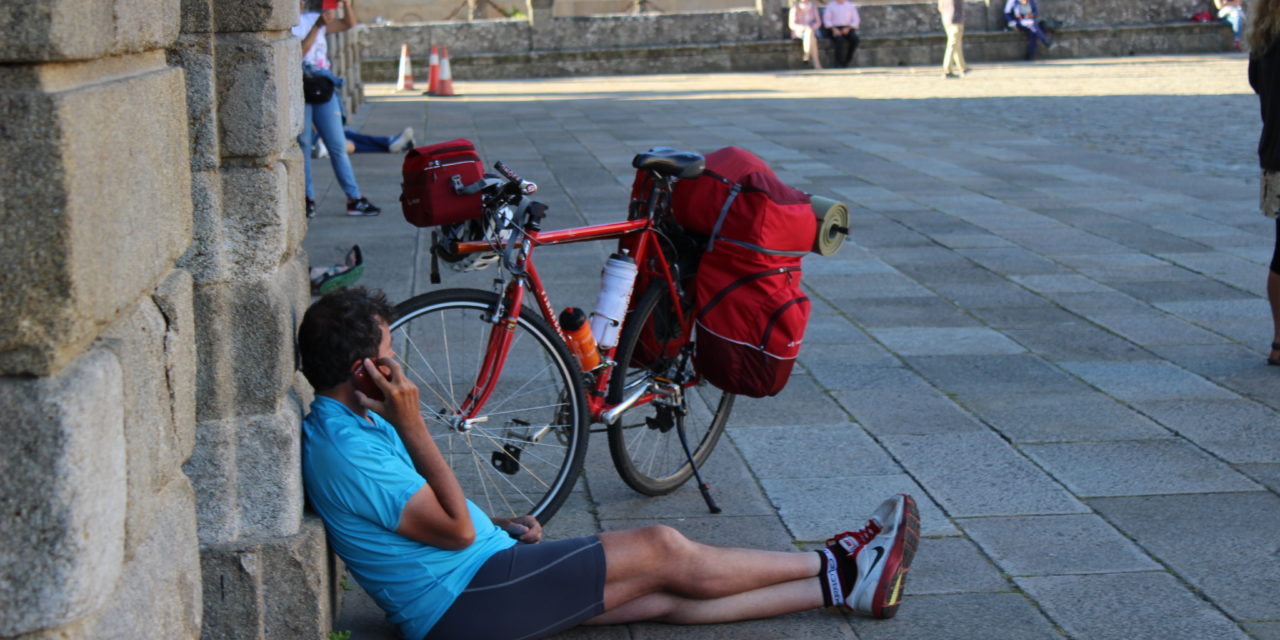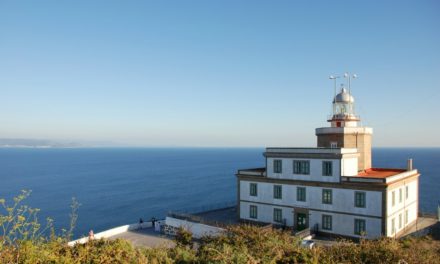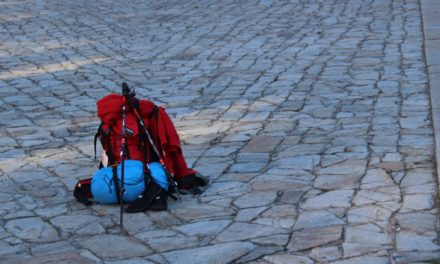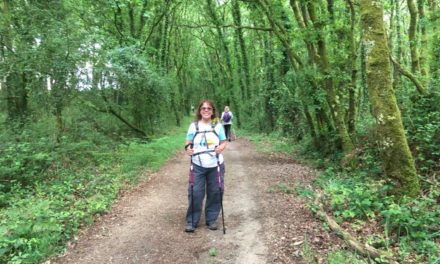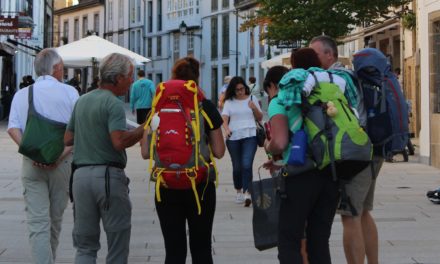The adventure of the Way implies the body and this aspect should not be ignored by the future pilgrim. In addition to learning about the Camino and and preparing the route, it is important that the future pilgrim should not neglect the physical preparations, so as to avoid difficulties or maybe even having to give up the Camino when once started.
The preparations can also vary depending on the physical conditions of the people involved, also, the distance and the route chosen, a preparation that should not be overlooked by sportsmen or cyclists, since the Camino will require you to pedal many days in a row and carry a weight in the saddlebags of your bike.
The planning of the Way must always start from the physical conditions of each pilgrim and the time available and, from these two aspects, he or she must take into account the total number of kilometers as well as the daily average distances of the stages adapted- together with the difficulties peculiar to the terrain of the chosen route as well as the weather conditions. In this sense it is advisable that anyone suffering from some health problems should first consult a doctor before embarking on a route that may be over- ambitious.
However, despite what has just been said, a relatively advanced age and lack of sports training do not usually present a problem for most pilgrims who decide to travel the Camino and, according to many expert pilgrims and authors of guides, three months of preparation may be enough even to face the roughly 800 kilometers of the French Way from Jaca or Roncesvalles.
The training to travel the Camino by bicycle will consist mainly of outings whose distances will that will gradually increase, along with the weight with which the bike is loaded. In the case of the bike, it is also possible to start rolling through a mostly flat terrain to go faster than the other one in the preparation, including the last climb with a difficulty similar to the one we expect in the Camino del Camino route.
In most cases, the training at the outset is usually weekly, progressing to one or two outings and ending up – ideally – with training sessions every day.
The most important aspects of the training are, as we have mentioned, the gradual increase of kilometers travelled and the steady increase of the weight in the saddlebags.
At the beginning the pilgrim must focus on reaching the goal of he will have fixed himself for each day. In normal conditions between 50 and 55 kilometers would be a good average distance. But in any case, it is important not to rush or become obsessed with reaching the average distances, since the Camino has along its routes the all the necessary services to assist the pilgrim at the beginning and end of every stage of his journey.
Regarding the saddlebags of the cyclist, obviously they should be of the same size and type such that the weight can be equally distributed on both sides of the bike. Unless, of course, one is planning on falling off.
In the case of undertaking the Camino on a bicycle, it is advisable is to learn to make the small repairs that may be needed on the Camino, such as changing or repairing a wheel. However, there is also no need for undue worry since with there are several repair and assistance services along the route.

